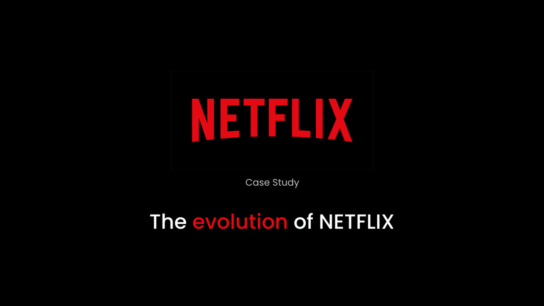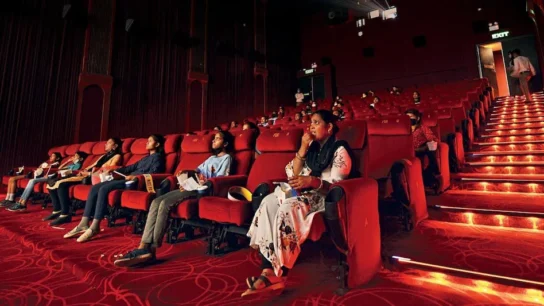Since its inception, Studio Ghibli has captured the hearts and imaginations of audiences worldwide with its enchanting and thought-provoking animated films. Founded in 1985 by Hayao Miyazaki, Isao Takahata, and Toshio Suzuki, Studio Ghibli has become synonymous with unparalleled storytelling, breathtaking animation, and profound emotional depth. Here, we delve into what makes Ghibli movies so beloved and timeless.
Artistry in Animation
One of the defining characteristics of Ghibli movies is their stunning animation. Each frame is meticulously crafted with attention to detail, showcasing the studio’s commitment to visual storytelling. From the lush landscapes of “Princess Mononoke” to the whimsical cityscapes of “Spirited Away,” Ghibli films transport viewers to richly imagined worlds that feel both fantastical and familiar.
The hand-drawn animation style favored by Ghibli allows for a level of expressiveness and nuance that is often lost in computer-generated imagery. This approach not only gives the films a distinctive aesthetic but also contributes to their timeless appeal. Characters come to life with fluid movements and expressive facial features, drawing viewers into their journeys with every scene.
Themes of Nature and Humanity
Central to many Ghibli movies are themes of nature and humanity’s relationship with the natural world. Films like “My Neighbor Totoro” celebrate the wonder and innocence of childhood, intertwining the lives of young protagonists with mythical creatures and spirits of the forest. These narratives emphasize the importance of harmony and respect for nature, urging audiences to reconsider their place in the ecological balance of the world.
In contrast, movies such as “Nausicaä of the Valley of the Wind” explore themes of environmental destruction and the consequences of human greed. Ghibli’s storytelling often challenges viewers to reflect on their impact on the environment and consider alternative ways of coexisting with the natural world.
Complex Characters and Emotional Depth
Another hallmark of Ghibli movies is their complex and relatable characters. Protagonists like Chihiro from “Spirited Away” or Howl from “Howl’s Moving Castle” undergo profound personal growth throughout their respective journeys, grappling with themes of identity, courage, and self-discovery. These characters are flawed yet endearing, making their triumphs and tribulations resonate deeply with audiences of all ages.
Moreover, Ghibli movies are unafraid to confront darker aspects of human nature, such as loss, loneliness, and the passage of time. Films like “Grave of the Fireflies” and “The Tale of the Princess Kaguya” tackle themes of war and mortality with sensitivity and grace, leaving a lasting emotional impact on viewers long after the credits roll.
Cultural and Global Influence
Despite being a Japanese studio, Studio Ghibli’s influence extends far beyond its home country. The universal themes explored in Ghibli movies—love, friendship, resilience—transcend cultural boundaries, resonating with audiences around the world. Through its diverse cast of characters and narratives, Ghibli promotes cultural understanding and empathy, fostering a global appreciation for the power of storytelling in all its forms.
Legacy and Future
As Studio Ghibli continues to inspire new generations of filmmakers and storytellers, its legacy remains firmly entrenched in the annals of animation history. The studio’s commitment to creativity, innovation, and heartfelt storytelling ensures that Ghibli movies will continue to captivate and enchant audiences for years to come.
In conclusion, Studio Ghibli has carved out a unique and enduring niche in the world of animation through its masterful storytelling, breathtaking animation, and profound exploration of universal themes. Whether you’re discovering these films for the first time or revisiting them as a longtime fan, Ghibli movies offer a timeless escape into worlds where magic and reality intertwine, leaving an indelible mark on the hearts and minds of viewers everywhere.




